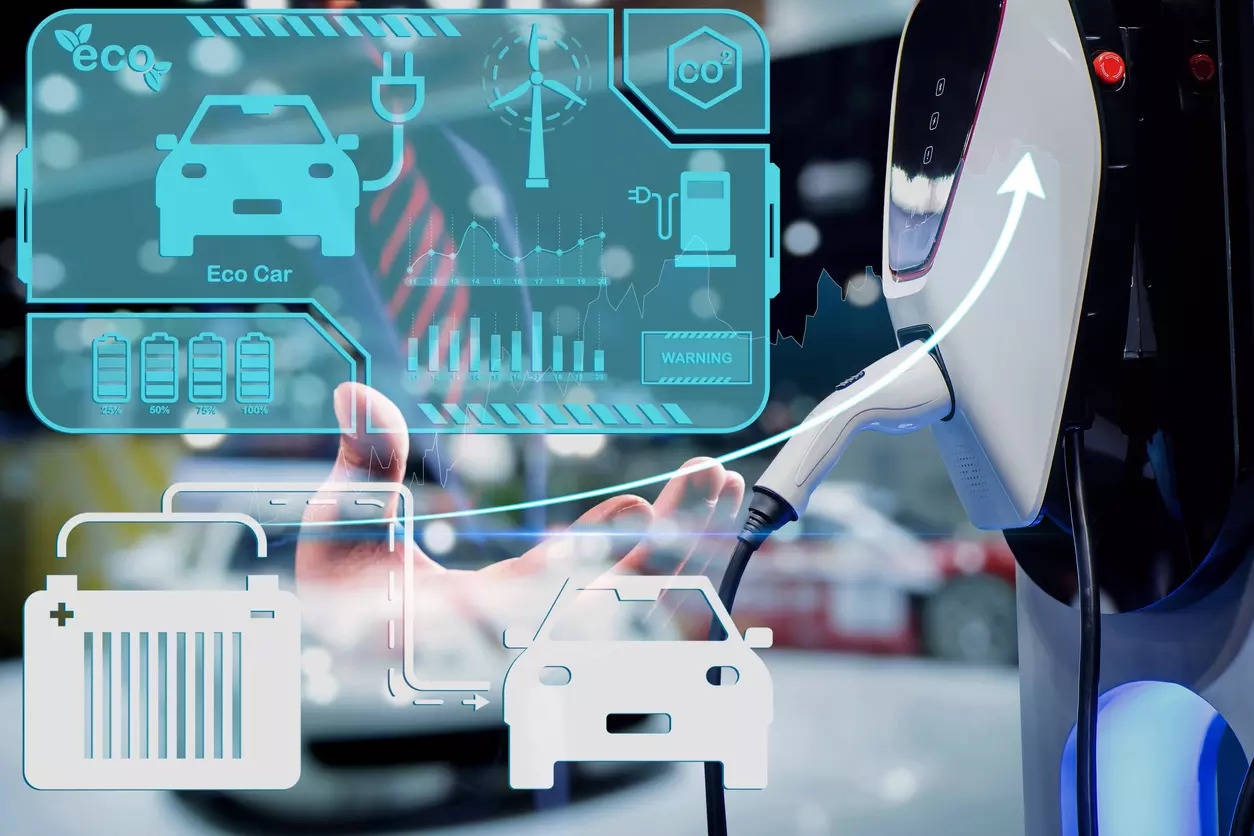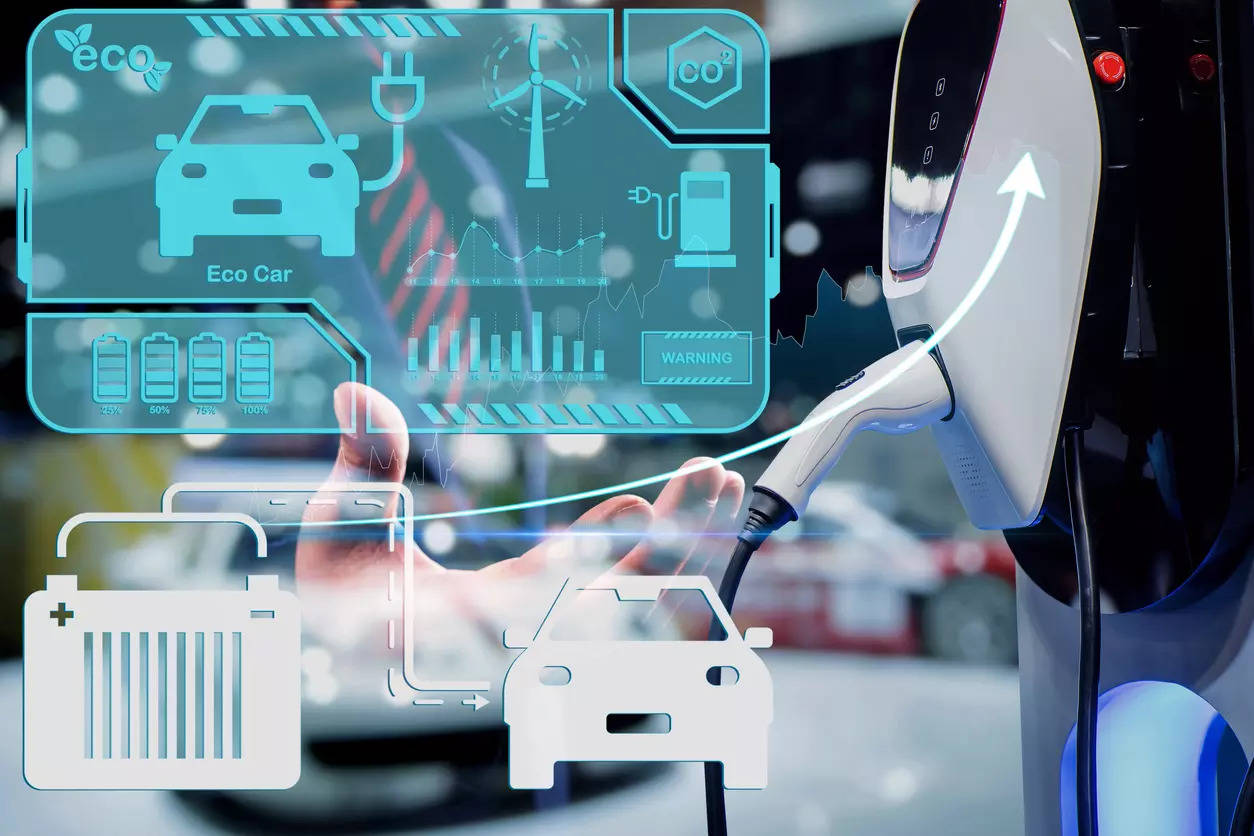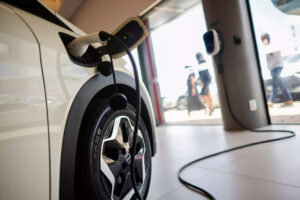
Have you ever wondered how artificial intelligence (AI) is revolutionizing the world of electric powertrains? It’s quite fascinating! By leveraging machine learning and data analytics, AI is helping to optimize every component of the powertrain, from the motor to the inverter, for maximum efficiency and performance.
Machine learning algorithms sift through vast amounts of data from simulations and real-world tests to identify the perfect combination of motor size, winding configuration, and inverter topology. This data-driven approach leads to powertrains that are more adaptable and efficient, pushing the boundaries of what’s possible in electric vehicle design.
AI is also transforming battery management systems. Advanced algorithms can accurately predict battery state of charge, health, and remaining useful life by analysing voltage, current, and temperature data. This predictive capability enables optimized charging strategies, energy utilization, and proactive maintenance, ultimately enhancing battery performance and longevity.
Why AI though? Don’t smartphones easily & succinctly measure metrics like battery life already? While smartphones can easily estimate how long a battery will last, the same task is far more complex for a motorcycle. Dynamic usage means that all ambient conditions are affecting performance every second. By analysing data that comes in from thousands of riding styles, situations and habits, a company can offer accurate (with ever-increasing confidence) predictions & recommendations.
AI isn’t just an add-on feature; it’s the very intersection of product & system design. For example, a vehicle operating system that that can collect a staggering 3,000 data points every second, ranging from voltage and current to tire pressure and rider behaviour, will in turn form a rich dataset that will form the foundation for machine learning algorithms.
The applications of AI extend beyond the riding experience and into the realm of predictive maintenance. Conventionally, the onus of identifying faults/issues is with the operators of these vehicles, but today algorithms monitor everything from subtle energy output variations to changes in the vehicle’s behaviour.
The role of AI in designing next-generation electric powertrains goes beyond incremental improvements – it’s about transforming the very nature of transportation. The limitless potential of AI in shaping the evolution of electric mobility is truly exciting. This is just the beginning of a thrilling journey, and the possibilities are endless.






